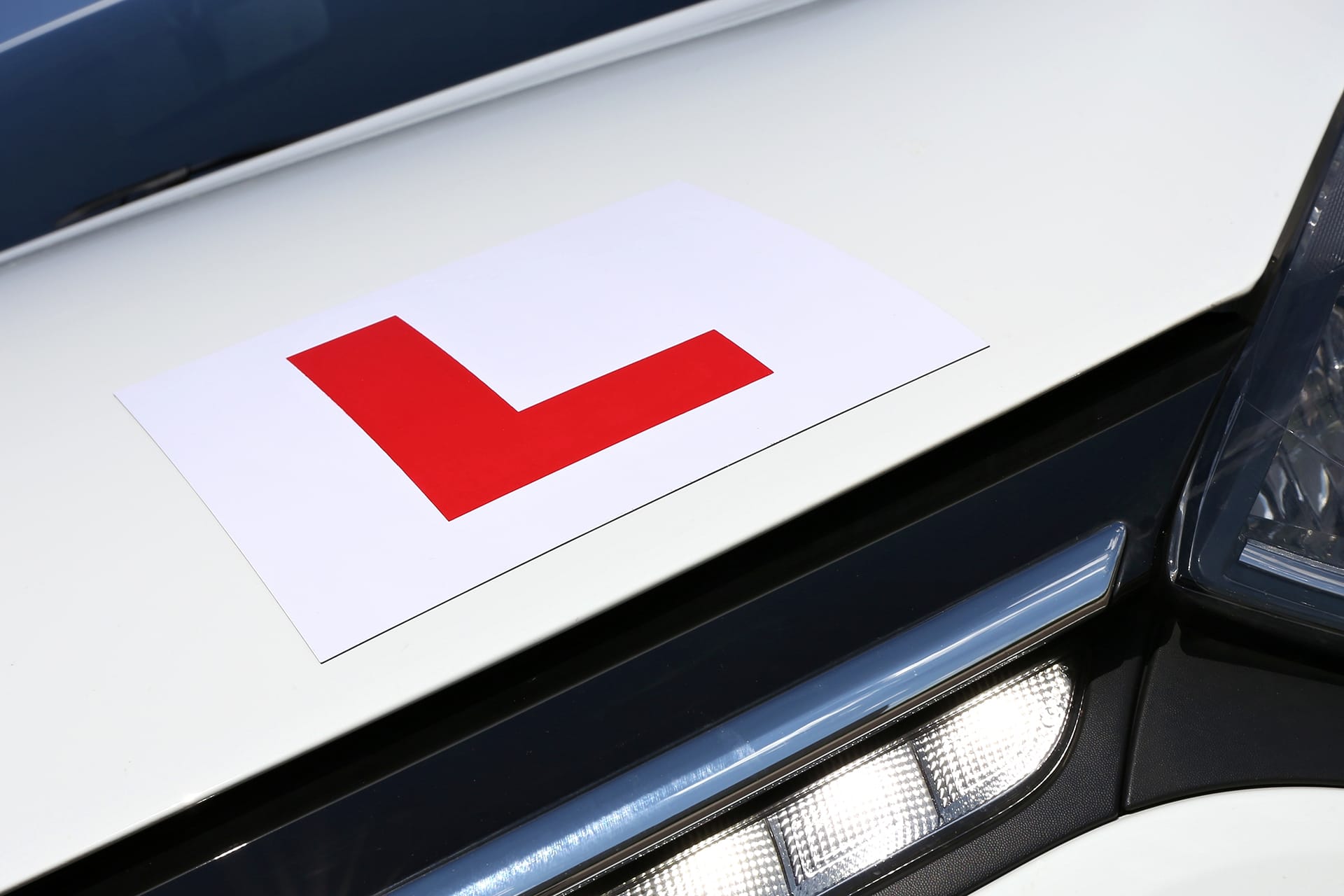In 2018, the law changed so that learner drivers could start driving on the motorway during their lessons. Before 2018, learner drivers were not able to drive on motorways at all before passing their test. It was often the case that those who did have motorway nerves had to either pay for extended lessons after passing, enrol in the Pass Plus scheme (which features a motorway driving module) or just brave it with no experience.
When announcing the change, Transport Secretary at the time Chris Grayling said: “The UK has some of the safest roads in the world and we want to make them even safer. Younger drivers are up to seven times more likely to be killed or seriously injured compared with drivers over 25 and lack of experience is an important factor.
“Allowing learners to drive on motorways in a supportive environment will help them develop a practical understanding of how to use motorways safely before driving independently.”
Can leaners drive on the motorway without a qualified driving instructor?
At present, all learners driving on the motorway have to be accompanied by an approved driving instructor. This means that you cannot drive on the motorway, as a learner, without a qualified driving instructor.
Can learners driver on the motorway without dual controls?
Currently, as well as having an approved driving instructor, you must also be in a car with dual controls. This is because if something should happen, the instructor is able to take control of the vehicle. If you are driving in a car without dual controls this isn’t possible, so currently, it is not allowed.
Do I have to drive on the motorway when I’m learning?

The more experience you get under your belt whilst learning, the better you’re likely to be after passing. Therefore, if it is possible, getting some time in learning to motorway drive with a qualified instructor is never a bad idea.
However, at present, motorways are not a part of the practical driving test, and you should never be taken onto a motorway during your examination. The only time you might end up on one is if you are to take a wrong turn, but in the rare event that was to happen, the examiner would be able to help you correct your path. Your performance on the motorway would still likely be marked, however.
Although it isn’t currently part of the test, a 2019 survey found that half of Brits believe it should be, so a change could be on the horizon. If there is an amendment to this policy, it will be announced before being implemented, giving learners plenty of time to prepare.
What should learners know before driving on the motorway?

Before taking to the motorway for the first time, it’s wise to do some research and get all of your questions answered so you only have to focus on driving whilst on the road. As well as asking your driving instructor, there is plenty of information online to help.
Below, we answer some of the main motorway driving FAQs.
Motorway driving FAQs
What is the difference between a motorway and an A-road?
There are plenty of differences between motorways and A-roads or dual carriageways. Although they have high speed limits and are more urbanised, there is a range of things that make motorways and A-roads very different.
The differences between a motorway and an A-road:
- pedestrians and cyclists are not allowed on motorways, they are on A-roads
- some slow-moving vehicles are prohibited from motorways
- motorways have hard shoulders, whereas A-roads so not
- motorways rarely have roundabouts or traffic lights, whereas A-roads can have these features
- the speed limit on a motorway is higher than an A-road
- the right-hand lane is always for overtaking only on a motorway, whereas it can be for turning right on an A-road
- signs on a motorway are blue, on an A-road they are green
- motorway exits are called junctions and are labelled as such, this is not the case with A-roads.
These are only a handful of the major differences between motorways and A-roads, however, there are plenty of more subtle differences you may experience, which is why getting some lesson time in on a motorway makes sense.
Can you be pulled over for driving too slowly?
Although there is not a set speed or percentage of the speed limit that would get you pulled over, you can get pulled over for moving too slowly, especially on a motorway. Driving too slowly can be deemed careless or inconsiderate driving because it can hold up the flow of traffic and cause other drivers to have to brake quickly.
When joining the motorway, section 259 of The Highway Code explains: “match your speed to fit safely into the traffic flow in the left-hand lane.”
By not doing this, you put others at risk as they have to correct their speed to suit yours.
Do learners have a different speed limit on the motorway?
At present, there is nothing saying that learner drivers should drive at a different speed to others on the carriageway – with 70mph being the main speed limit unless other signs are in place. As explained above in the ‘Can you be pulled over for driving too slowly?’ section, it is important to stay with the flow of traffic in order to keep motorways moving and be the safest you can be.
Tips for driving on the motorway
If you are looking for a range of tips for driving on the motorway, our article, the beginner’s guide to driving on the motorway can offer you a range of advice from seasoned drivers on how to get started.
It may seem daunting tackling the motorway for the first time, but it doesn’t need to be. With the right driving instructor by your side, you are sure to have no issues. As with all levels of driving, it is just something that you need to do in your own time when you are completely comfortable.
If you want to insure a car to learn in, our temporary learner insurance can get you covered in as little as 15 minutes and can start at just an hour, perfect for getting some extra miles in before your practical test.
For further reading try our guides to learner driver insurance and temp car insurance for new drivers!



